Moody’s cited Morrisons as a prime example, with its £6.6bn debt
A run on the pound, a climbdown on unfunded tax cuts, a Bank of England intervention to support the bond markets and historic polling deficits – has any PM faced such a disastrous first month in office?
While the markets have since calmed somewhat following the chaos unleashed by Liz Truss and her Chancellor Kwasi Kwarteng’s mini-budget, perhaps the most significant impact will be the long-term effect on borrowing in the UK.
Since the increases to UK borrowing were announced and the Bank of England pledged to do what it takes to constrain inflation, trader expectations for UK interest rates went up to 6% for next year, before dipping back to around 5.5%.
After an era of near-zero interest rates, that will have far-reaching repercussions for retailers and suppliers.
Ratings agency Moody’s pointed to Morrisons as an example, given its private equity takeover by Clayton Dubilier & Rice last year has left it with £6.6bn of debt.
Moody’s said more than half of its debt is at a floating rate with no interest hedging in place, meaning rising borrowing costs had raised its annual interest expenses to £335m a year from £300m.

Forecasts suggest interbank rates could rise from the current (three-month UK LIBOR) 3.5% to over 5% by year end – having been close to zero in 2021 – and peak at over 7% in 2023. Increases of that magnitude would add over £100m to Morrisons’ debt serving costs.
The supermarket, with normalised EBITDA of £1bn, has room to absorb that. But higher borrowing costs have coincided with falling sales and profits. In the case of Morrisons, it will likely want to reduce its debt pile while looking to fix some of its floating rate debt.
Reports suggest it is actively exploring the sale of £600m of property, most likely distribution centres and manufacturing locations.
“Freehold property is a guarantee that lenders will accept in order to offer better debt terms,” says Moody’s Roberto Pozzi.
Asda is less exposed, as only 22% of its estimated £7bn debt is based on floating rates. That is by virtue of EG Group and TDR Capital closing their deal earlier and benefiting from more favourable borrowing conditions, says Pozzi.
Pushing through costs
But any business with exposure to floating rate debt or, crucially, maturing debt that needs to be refinanced, will feel the heat.
And while they can talk to customers about inflation, “it is very hard to pass an increase in interest rates through” to them, says KPMG head of food & drink UK Chris Stott.
“For some businesses this will be a hard cost to swallow; for many it will go straight to the bottom line.”
That can create a vicious cycle, where focus shifts from investment for growth to maintaining balance sheet strength, “increasing the bar for future investment”, notes Peel Hunt head of research Charles Hall.
Meanwhile, rising mortgage rates mean consumers will have “lower overall purchasing power” says Interpath head of debt advisory John Miesner.
One rescue route for under-pressure businesses could lie in the relative cheapness of UK assets making them attractive to international buyers.
While sterling has rallied recently, the strength of the dollar has seen the pound slide by more than 20% in value so far in 2022. So, for any US buyer, UK businesses remain cheap.
“US buyers will smell blood, as many suppliers may need a deal to survive,” concludes Stott. “Interest rates rises are an unwelcome party crasher.”





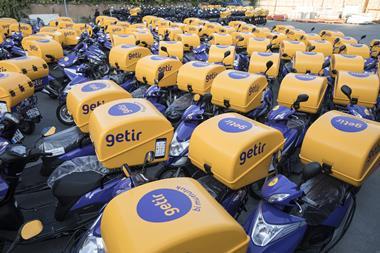
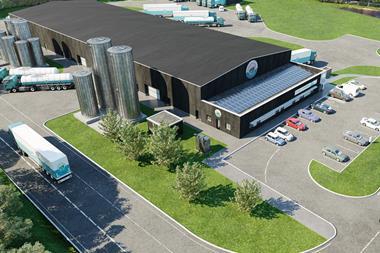
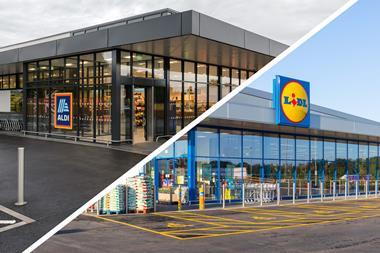

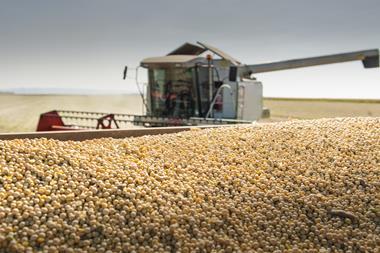

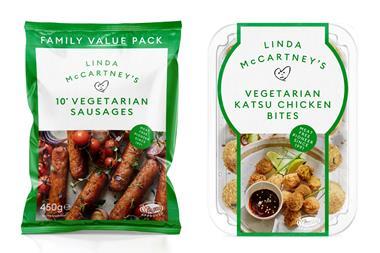




No comments yet